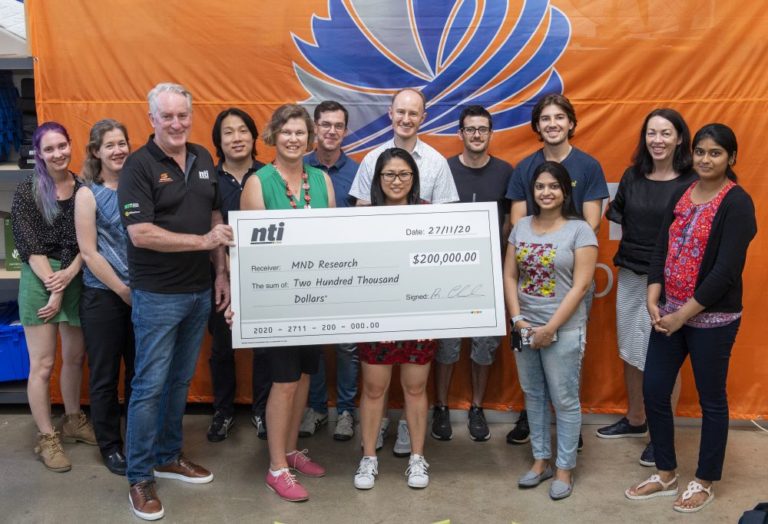[vc_row][vc_column][vc_column_text]The price cuts are thanks to the Medical Technology Association of Australia’s landmark agreement with Federal
Health Minister Greg Hunt in 2017, which is on track to save $1.1 billion off the cost of medical devices by 2022.
MTAA CEO Ian Burgess said patients continued to get “more for less”, with price drops for about 7000 individual types and brands of medical technologies used in millions of procedures in the private system each year, including:
| Condition | Med Tech | New Price (Feb 2020) | Savings (Feb 2020) | Savings Since Agreement (2017) |
| Heart Disease | Pacemaker | $35,132 | -$2,848 | -$12,343 |
| Diabetes | Insulin Pump | $8,574 | -$451 | – |
| Severe Arthritis (Hip) | Replacement Joint | $8,351 | -$393 | -$853 |
| Lung Disease | Airflow Valve System | $5,686 | -$299 | -$614 |
| Bone Cancer (Leg) | Artificial Bone | $7,066 | -$181 | -$428 |
| Eye Trauma | Artificial (Glass) Eye | $1,741 | -$92 | -$189 |
Source: Federal Dept of Health Prostheses List Feb 2020, Nov 2019 & August 2017.
“This agreement with government continues to help more Australians access more medical technology at less cost.
“That is what I call a win-win-win for patients, taxpayers and industry.
“Today’s announcement also debunks the long-held claim that the cost of individual medical technologies continue to rise, when the vast majority are actually falling in price.
“This is further evidence that when governments work with the medical technology sector, patients get a good deal more.”
Over 3 million medical devices were used to treat Australians with private health insurance last year alone.
Mr Burgess said just like advancements in medicines, medical technology was evolving and becoming as much about improving lives, not just saving them.
“Two of the biggest contributors to Australia’s ill-health are inactivity and isolation – and the two are often linked, particularly as we get older.
“Increasingly medical technology is being used not just to save lives, but keeping Australians more mobile, social, and now, working, for longer, which are all essential to the future health of our ageing population and economy.
“These medical technologies are also continuing to improve patient recovery and operating times, for less cost, meaning better outcomes for the health system and the budget.”[/vc_column_text][/vc_column][/vc_row]




